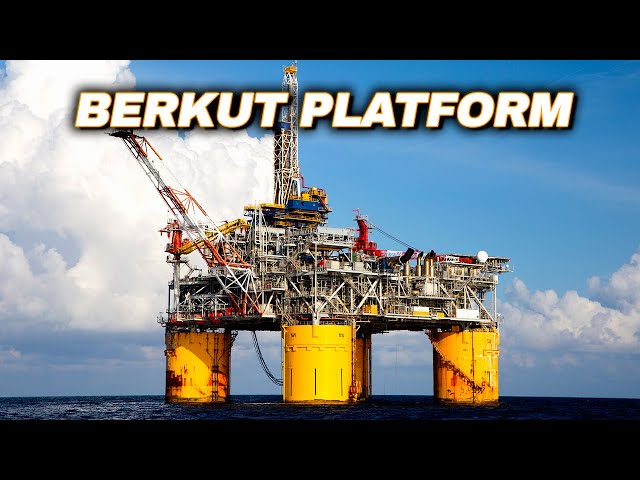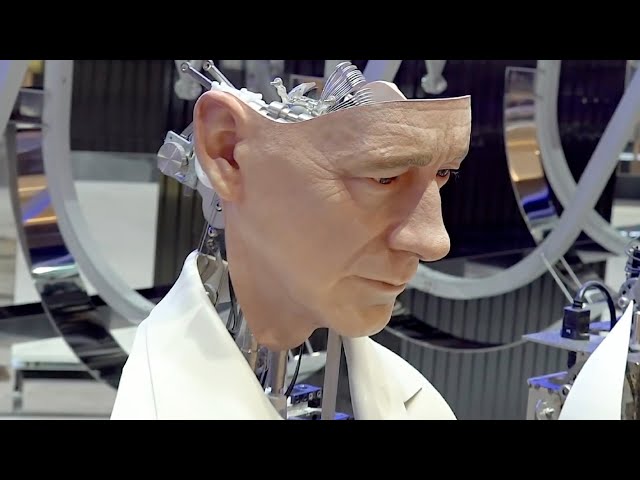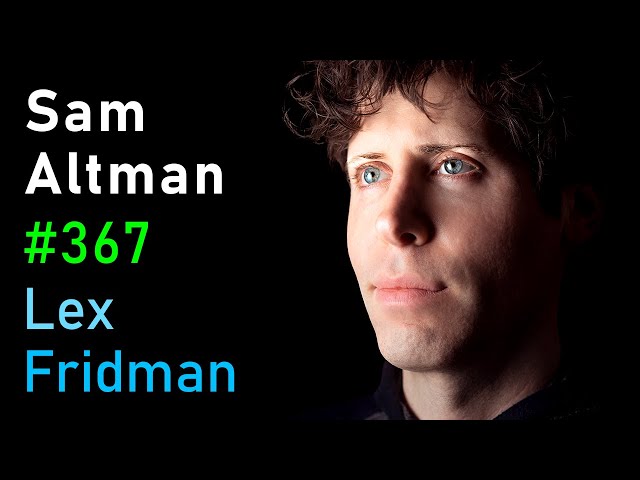Amazing Cities of the Future.
Cities of the future are likely to be more sustainable, resilient, and livable, thanks to a number of emerging technologies.
Sustainability
Cities of the future will be more sustainable, using renewable energy sources and reducing their environmental impact. For example, smart grids will distribute electricity more efficiently and integrate renewable energy sources, such as solar and wind power. Smart buildings will use technology to improve energy efficiency and comfort levels for occupants. Electric vehicles will reduce air pollution and improve public health.
Resilience
Cities of the future will be more resilient to shocks and stresses, such as natural disasters and climate change. For example, green infrastructure will help to manage stormwater runoff and reduce the risk of flooding. Seawalls and other coastal defenses will protect cities from rising sea levels. Smart city technologies will be used to monitor and respond to emergencies more effectively.
Livability
Cities of the future will be more livable, with more green spaces, pedestrian-friendly streets, and access to affordable housing. For example, vertical farms will grow food in urban areas. Smart transportation systems will reduce traffic congestion and make transportation more efficient. Smart city technologies will be used to improve public services and make cities more accessible for everyone.
Emerging Tech Examples used in Cities of the Future
- Self-driving cars and buses: Self-driving cars and buses could reduce traffic congestion and make transportation more efficient and accessible.
- Hyperloop: Hyperloop is a new transportation technology that could transport people and goods at very high speeds. Hyperloop could revolutionize the way we travel between cities.
- Vertical farms: Vertical farms are indoor farms that can be used to grow food in urban areas. Vertical farms could help to reduce our reliance on imported food and make our cities more food secure.
- Smart grids: Smart grids are electricity grids that use technology to improve efficiency and reduce costs. Smart grids could help to reduce our reliance on fossil fuels and make our cities more sustainable.
- Smart buildings: Smart buildings are buildings that use technology to improve energy efficiency and comfort levels for occupants. Smart buildings could help to reduce our energy consumption and make our cities more sustainable.
- Artificial intelligence (AI): AI could be used to improve a wide range of city services, such as traffic management, public safety, and waste management. For example, AI-powered traffic lights could adjust their timing based on real-time traffic conditions. AI-powered security cameras could detect and deter crime. AI-powered waste management systems could optimize collection routes and reduce waste.
- Internet of Things (IoT): IoT devices could be used to collect data about the city environment and improve decision-making. For example, IoT sensors could be used to monitor air quality and traffic conditions. IoT-enabled streetlights could adjust their brightness based on the presence of pedestrians and vehicles.
These are just a few examples of the many technologies that could be used in cities of the future. Technological innovation is rapidly changing the way we live and work, and it is likely to have a major impact on the design and operation of cities in the future.
Quotes about the Future
- “Imagine all the times in history when people laughed about inventions being in every home. Automobiles, phones, VCR tapes, computers, cell phones, the Internet, Amazon, Netflix… you get what I am saying. Robots will be in the majority of homes in the not so distant future.” ~Dave Waters
- “I thought Satya Nadella from Microsoft said it best: ‘When it comes to AI, we shouldn’t be thinking about autopilot. You need to have copilots. ‘ So who’s going to be watching this activity and making sure that it’s done correctly?” ~Maria Cantwell, US Senator
- “The pace of progress in artificial intelligence (I’m not referring to narrow AI) is incredibly fast. Unless you have direct exposure to groups like Deepmind, you have no idea how fast — it is growing at a pace close to exponential. The risk of something seriously dangerous happening is in the five-year time frame. 10 years at most.” ~Elon Musk
- “What does the near future hold: self-driving cars, crypto as the way to pay, brains connected to computers, slowing the aging process, crime prediction, batteries holding immense amounts of energy, robots and drones delivering packages, blockchain to track transactions, exoskeletons for superhuman strength… yes, amazing stuff.” ~Dave Waters
The Future is Here
- City of the Future: Elon Musk and Jeff Bezos.
- Mark Zuckerberg: Future of Artificial Intelligence.
- SINGULARITY ARTIFICIAL INTELLIGENCE: Ray Kurzweil Reveals Future Tech Timeline To 2100.
- What is the Future of Self Driving Cars?


